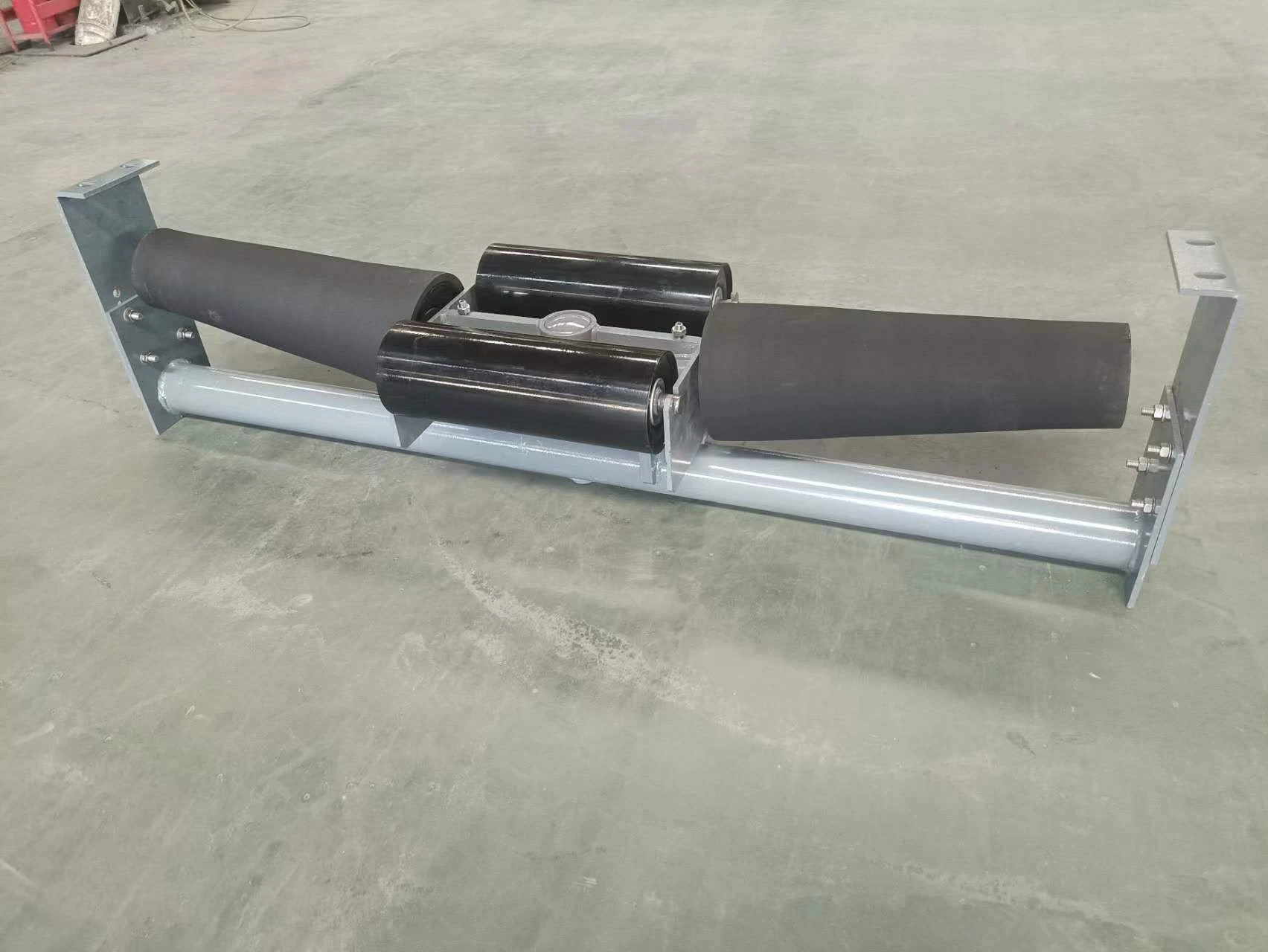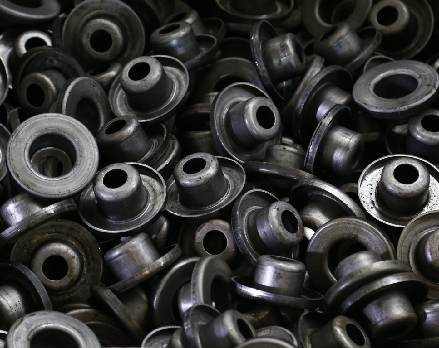 Afrikaans
Afrikaans  Albanian
Albanian  Amharic
Amharic  Arabic
Arabic  Armenian
Armenian  Azerbaijani
Azerbaijani  Basque
Basque  Belarusian
Belarusian  Bengali
Bengali  Bosnian
Bosnian  Bulgarian
Bulgarian  Catalan
Catalan  Cebuano
Cebuano  Corsican
Corsican  Croatian
Croatian  Czech
Czech  Danish
Danish  Dutch
Dutch  English
English  Esperanto
Esperanto  Estonian
Estonian  Finnish
Finnish  French
French  Frisian
Frisian  Galician
Galician  Georgian
Georgian  German
German  Greek
Greek  Gujarati
Gujarati  Haitian Creole
Haitian Creole  hausa
hausa  hawaiian
hawaiian  Hebrew
Hebrew  Hindi
Hindi  Miao
Miao  Hungarian
Hungarian  Icelandic
Icelandic  igbo
igbo  Indonesian
Indonesian  irish
irish  Italian
Italian  Japanese
Japanese  Javanese
Javanese  Kannada
Kannada  kazakh
kazakh  Khmer
Khmer  Rwandese
Rwandese  Korean
Korean  Kurdish
Kurdish  Kyrgyz
Kyrgyz  Lao
Lao  Latin
Latin  Latvian
Latvian  Lithuanian
Lithuanian  Luxembourgish
Luxembourgish  Macedonian
Macedonian  Malgashi
Malgashi  Malay
Malay  Malayalam
Malayalam  Maltese
Maltese  Maori
Maori  Marathi
Marathi  Mongolian
Mongolian  Myanmar
Myanmar  Nepali
Nepali  Norwegian
Norwegian  Norwegian
Norwegian  Occitan
Occitan  Pashto
Pashto  Persian
Persian  Polish
Polish  Portuguese
Portuguese  Punjabi
Punjabi  Romanian
Romanian  Russian
Russian  Samoan
Samoan  Scottish Gaelic
Scottish Gaelic  Serbian
Serbian  Sesotho
Sesotho  Shona
Shona  Sindhi
Sindhi  Sinhala
Sinhala  Slovak
Slovak  Slovenian
Slovenian  Somali
Somali  Spanish
Spanish  Sundanese
Sundanese  Swahili
Swahili  Swedish
Swedish  Tagalog
Tagalog  Tajik
Tajik  Tamil
Tamil  Tatar
Tatar  Telugu
Telugu  Thai
Thai  Turkish
Turkish  Turkmen
Turkmen  Ukrainian
Ukrainian  Urdu
Urdu  Uighur
Uighur  Uzbek
Uzbek  Vietnamese
Vietnamese  Welsh
Welsh  Bantu
Bantu  Yiddish
Yiddish  Yoruba
Yoruba  Zulu
Zulu Jan . 14, 2025 16:05
Back to list
Rubber Lagging Pulley
Pulley lagging is a crucial aspect in the world of conveyor systems, providing essential friction between the conveyor belt and the pulleys. This friction is vital in preventing belt slip and ensuring efficient power transmission. Understanding the different types of pulley lagging available can significantly enhance conveyor performance and longevity.
5. Specialty Lagging For unique environments, specialty lagging such as flame retardant or anti-static variants are used. These offer targeted solutions—flame retardant lagging can be crucial for safety in industries prone to fire hazards, while anti-static lagging prevents build-up of static electricity in areas sensitive to sparks or explosions. In choosing the right type of pulley lagging, several factors must be considered. The nature of the materials being conveyed, environmental conditions, operational temperatures, and budget constraints all play a role. Evaluating these will determine whether rubber, ceramic, polyurethane, or a specialty lagging is best suited for the task. Expertise and authoritative guidance are essential in deciding the appropriate pulley lagging for your conveyor system. Consulting with industry specialists and reviewing case studies from similar installations will provide practical insights and trustworthiness in your final selection. This ensures not only optimal functionality and lifespan of your conveyor system, but also positions your operation to handle future challenges with confidence. Each type of lagging has distinct advantages and potential drawbacks. By leveraging experience and expertise, and focusing on your specific operational demands, you can enhance both the efficiency and reliability of your conveyor systems, solidifying an authoritative edge over the competition in your industry.


5. Specialty Lagging For unique environments, specialty lagging such as flame retardant or anti-static variants are used. These offer targeted solutions—flame retardant lagging can be crucial for safety in industries prone to fire hazards, while anti-static lagging prevents build-up of static electricity in areas sensitive to sparks or explosions. In choosing the right type of pulley lagging, several factors must be considered. The nature of the materials being conveyed, environmental conditions, operational temperatures, and budget constraints all play a role. Evaluating these will determine whether rubber, ceramic, polyurethane, or a specialty lagging is best suited for the task. Expertise and authoritative guidance are essential in deciding the appropriate pulley lagging for your conveyor system. Consulting with industry specialists and reviewing case studies from similar installations will provide practical insights and trustworthiness in your final selection. This ensures not only optimal functionality and lifespan of your conveyor system, but also positions your operation to handle future challenges with confidence. Each type of lagging has distinct advantages and potential drawbacks. By leveraging experience and expertise, and focusing on your specific operational demands, you can enhance both the efficiency and reliability of your conveyor systems, solidifying an authoritative edge over the competition in your industry.
Next:
Latest news
-
Trusted Conveyor Solutions from Leading Conveyor Idler Roller ManufacturersNewsJun.27,2025
-
Reliable Return Idler Solutions for Efficient Belt Conveyor SystemsNewsJun.27,2025
-
Precision Conveyor Accessories for Streamlined Material HandlingNewsJun.27,2025
-
High-Quality Belt Conveyor Idler Solutions for Efficient Material HandlingNewsJun.27,2025
-
High-Performance Belt Conveyor Pulleys for Reliable Material HandlingNewsJun.27,2025
-
Enhancing Material Handling EfficiencyNewsJun.27,2025
OUR PRODUCTS





























